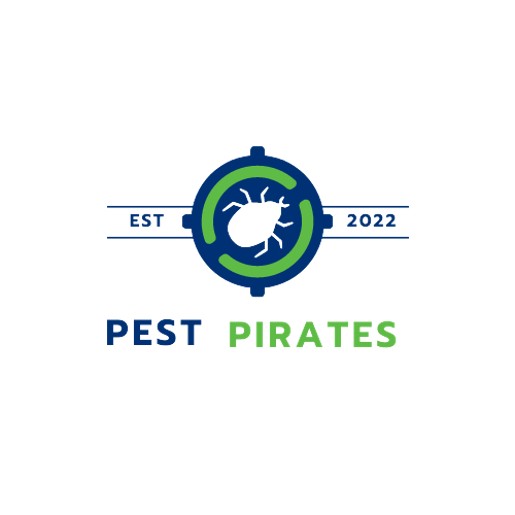Understanding Termite Behavior
Comprehending how termites operate is key to preventing and treating termites in home foundations. Termites are destructive pests that can cause significant damage to your home if not detected and managed promptly.
Entry Points for Termites
Termites are remarkably adept at finding entry points into your home. Even the smallest cracks or gaps in your home’s foundation can serve as gateways for these pests. Drywood termites, for example, are known to exploit cracks or gaps in the foundation wall for entry, squeezing through spaces as narrow as 1/32 of an inch (Pinnacle Pest Control).
They may also enter through:
- Mud Tubes: These are tunnel-like structures made of soil and wood that termites build to move around while being protected from predators and harsh environmental conditions.
- Drop Tubes: Similar to mud tubes but extending from the ground upwards to wood structures, resembling stalagmites found in caves.
- Ground Tubes: Termites use these to travel from their colony in the soil to their food sources above ground.
Factors that attract termites to your home include shelter, food, and, importantly, moisture. Areas of your home that are dark and moist, such as attics and basements, are particularly susceptible to termite infestations, as the moisture in the foundation soil creates an ideal breeding ground for them.
Signs of Termite Infestation
Early detection of termites can save your home from severe damage. Here are some telltale signs of termite activity:
- Mud Tubes: Subterranean termites build these shelter tubes along foundations, which are a clear indicator of termite presence.
- Pellets: Drywood termites expel feces resembling small pellets, often found near infested wood.
- Structural Damage: Look for sagging floors and walls or areas that resemble water damage, which could be the result of termite activity.
- Hollow Sounds: Tapping on wood that sounds hollow can indicate that termites have eaten away the inside.
It’s crucial to remain vigilant for these signs, as termites can cause significant structural damage, leading to weakened foundations and compromised safety. In the United States, subterranean and drywood termites are the most common, each with distinct behaviors and treatment methods. Subterranean termites require soil contact and are known for their mud tubes, while drywood termites inhabit dry wood and do not need soil contact.
Understanding termite behavior and knowing the signs of an infestation are the first steps in protecting your home. For more detailed information on identifying termites, visit our page on signs of termite infestation. To learn about the different types of termites, check out our article on types of termites, which will help you understand their unique characteristics and the best methods for elimination, control, or eradication based on the species you’re dealing with.
Effective Termite Treatment
When termites invade your home, particularly the foundation, it can be a cause for concern. Knowing the most effective treatment options is crucial to protect your home from these destructive pests.
Professional Pest Control Services
The most reliable method to tackle termites in home foundations is to engage professional pest control services. Experts like Pinnacle Pest Control use advanced tools and techniques to eradicate termites effectively and prevent future infestations. These professionals can identify the types of termites causing trouble—whether it’s drywood termites, dampwood termites, or formosan termites—and implement targeted treatment strategies.
| Service Offered | Description |
|---|---|
| Inspection | Comprehensive evaluation to locate termites and assess damage |
| Treatment | Application of termiticides, baits, or heat treatment |
| Prevention | Installation of barriers and repellents to deter future infestations |
| Follow-up | Regular inspections to ensure termites have not returned |
Professionals also provide guidance on repairing termite damage and can recommend when to consult a structural engineer if the damage is extensive. They can also inform you about the environmental impact of termite treatments and precautions for child and pet safety.
Preventative Measures for Termite Control
Prevention is always better than cure, especially when it comes to termites. Implementing preventative measures can help you maintain a termite-free home. Here are some steps you can take:
- Minimize Moisture: Ensure your home is free from excess moisture, as termites thrive in damp conditions.
- Seal Cracks: Fill in cracks in your foundation to prevent termites from entering.
- Use Resistant Materials: When possible, use termite-resistant building materials, especially in high-risk areas.
- Regular Inspections: Schedule regular termite inspections to catch any activity early.
- Landscaping Best Practices: Adopt landscaping practices that deter termites, like keeping wood away from the foundation.
- Barriers and Baits: Consider installing physical barriers or using best termite baits around your home.
By combining professional services with proactive steps, you can effectively manage the risk of termites and protect the integrity of your home’s foundation. Remember, early detection and action are key to preventing significant damage, so keep an eye out for signs of termite infestation and address any issues promptly.




